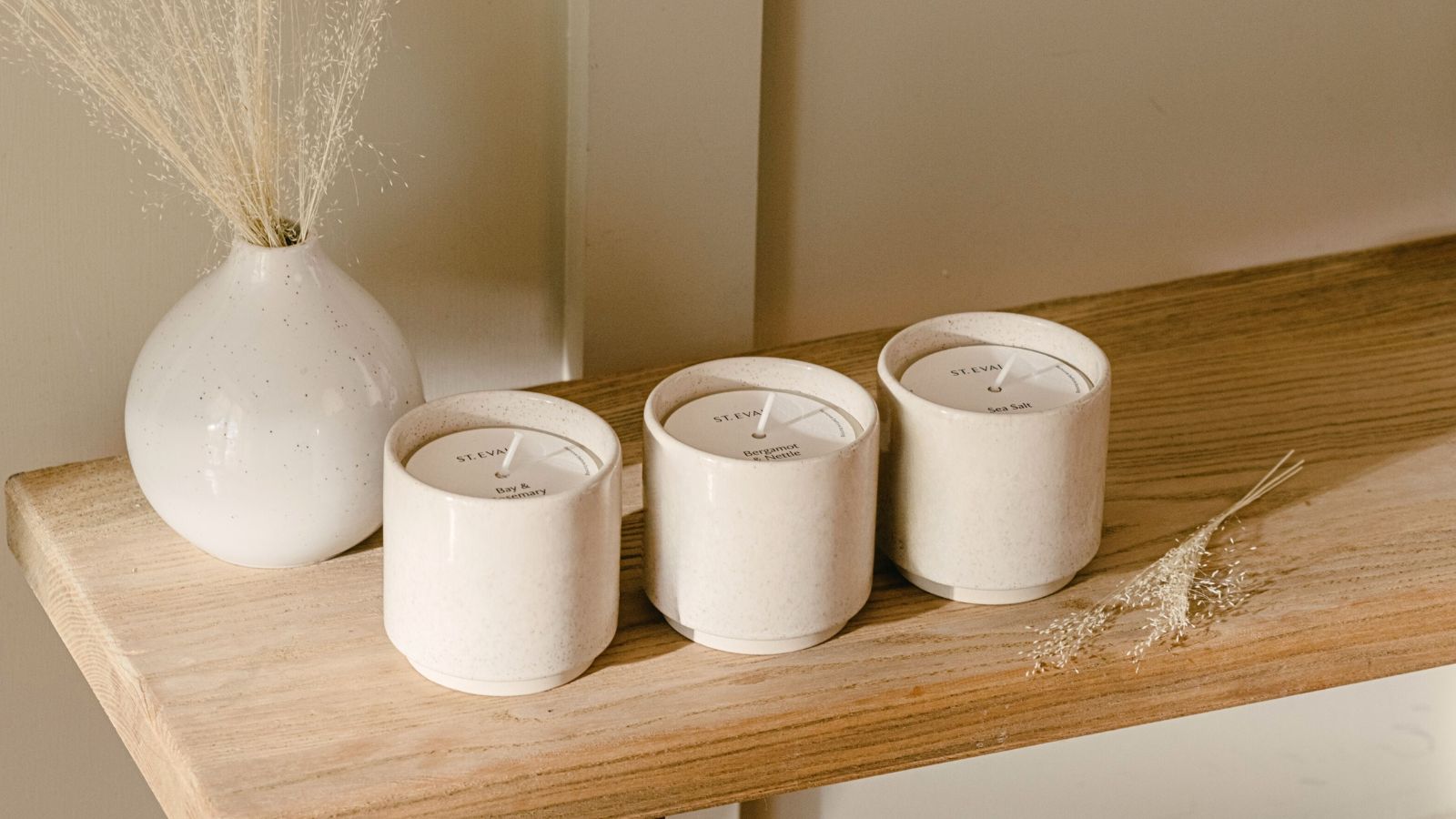
Picking a candle can sometimes feel overwhelming. From the sheer number of home fragrances on offer, to size and candle wax types.
While scent plays an important role in picking a candle, taking note of the type of wax is definitely worth the effort. Not only can the wax type affect how a candle smells, but how it burns, and impacts your health (and the planet) too.
With so many options on the market, our candle and fragrance experts share their run down of the eight most common wax types on shelves, how to pick the best candle for your home, and what to avoid.
The different types of candle wax
There are eight different types of candle wax you might typically find on store shelves. Each one has different properties, costs, and risks associated with them. To avoid common candle-burning mistakes, it helps to brush up on them before you invest in candles to make your home smell nice.
1. Paraffin wax
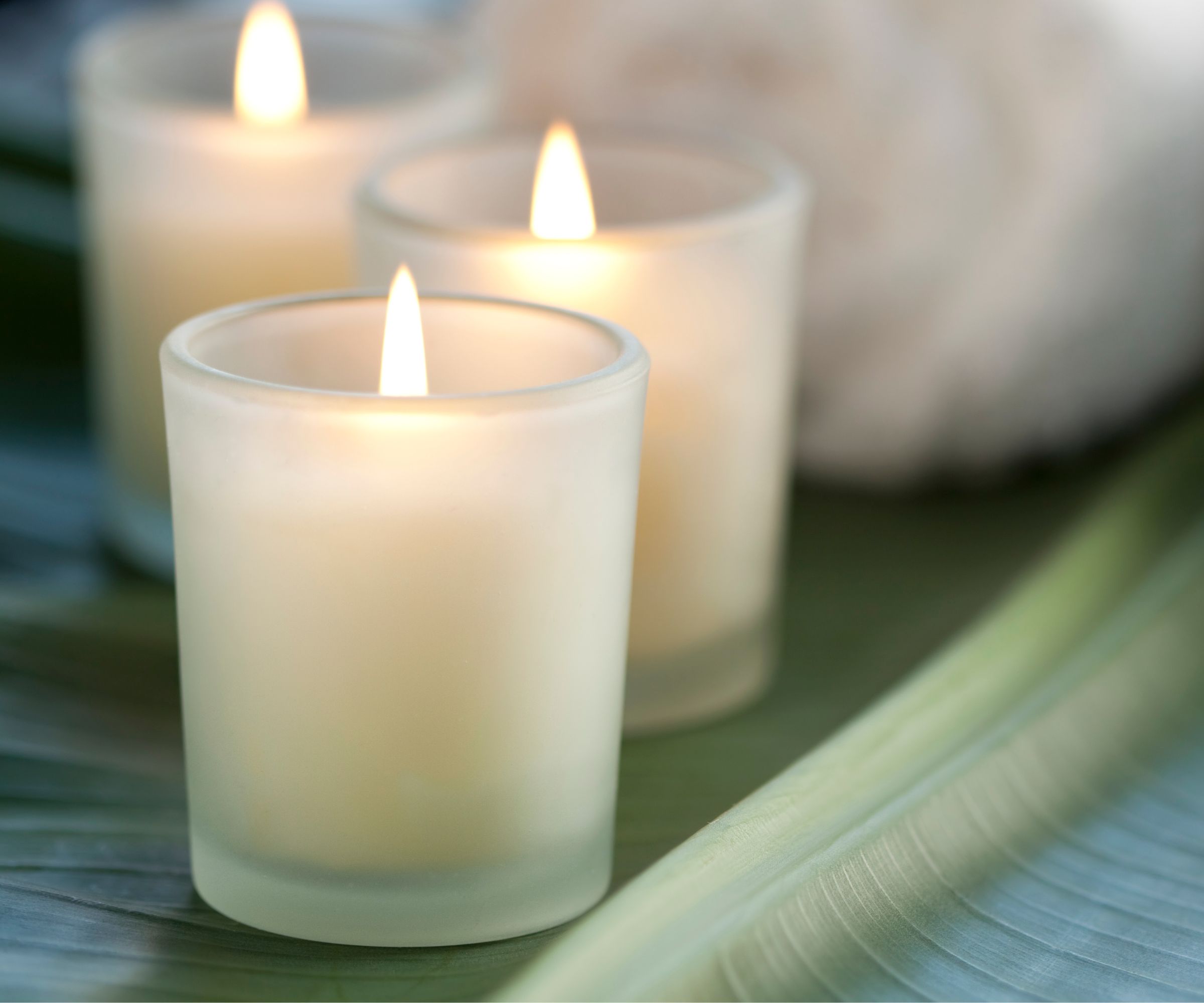
If you have ever heard that scented candles are toxic, then they are likely talking about the most common types of scented candles, which are made from paraffin wax.
Kristen Pumphrey, candle expert at P.F. Candle Co. explains, ‘Most commercial candles use paraffin wax – even some that are marked as soy wax will contain a large amount of paraffin. Paraffin is non-renewable, derived from petroleum, and it smells like it (like plastic) when it burns. The pro of paraffin is that it’s cheap, so you can get very affordable candles.’
Paraffin wax can release chemicals such as benzene, toluene, and naphthalene into the air, which can cause eye and lung irritation and exacerbate allergy symptoms and conditions such as asthma. They can also cause coughing and headaches. Because of this, it is important to burn paraffin wax candles in well-ventilated rooms, never burn them for longer than four hours, or opt for a greener candle base altogether.
2. Soy wax

A great alternative to paraffin wax is soy wax and, luckily, it is the next most common type of wax on store shelves.
Kristen Pumphrey, candle expert continues, ‘Vegetable wax has become increasingly popular, which is great. We’ve used soy wax since 2008, and it’s domestically grown which reduces our carbon footprint as well.’
Soy wax is generally considered one of the best wax for candles as it burns cleanly and evenly, helping you to avoid candle tunneling so you can get the most out of your candles and wax melts.
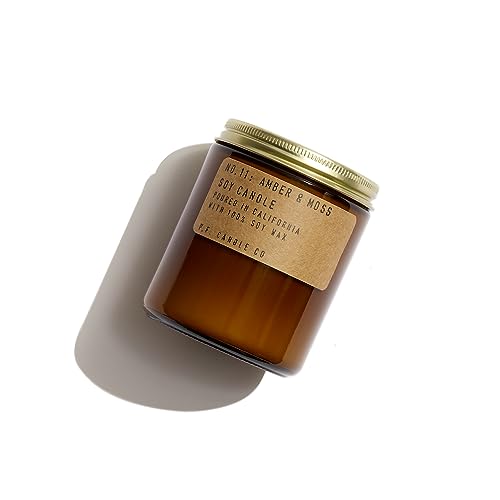
P.F. Candles and all made with 100% domestically-grown soy wax, fine fragrance oils, and cotton-core wicks.
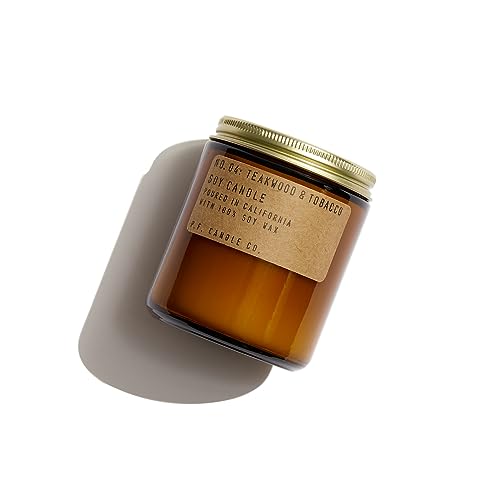
P.F. Candle Co fragrances are paraben-free, phthalate-free, and are never tested on animals.
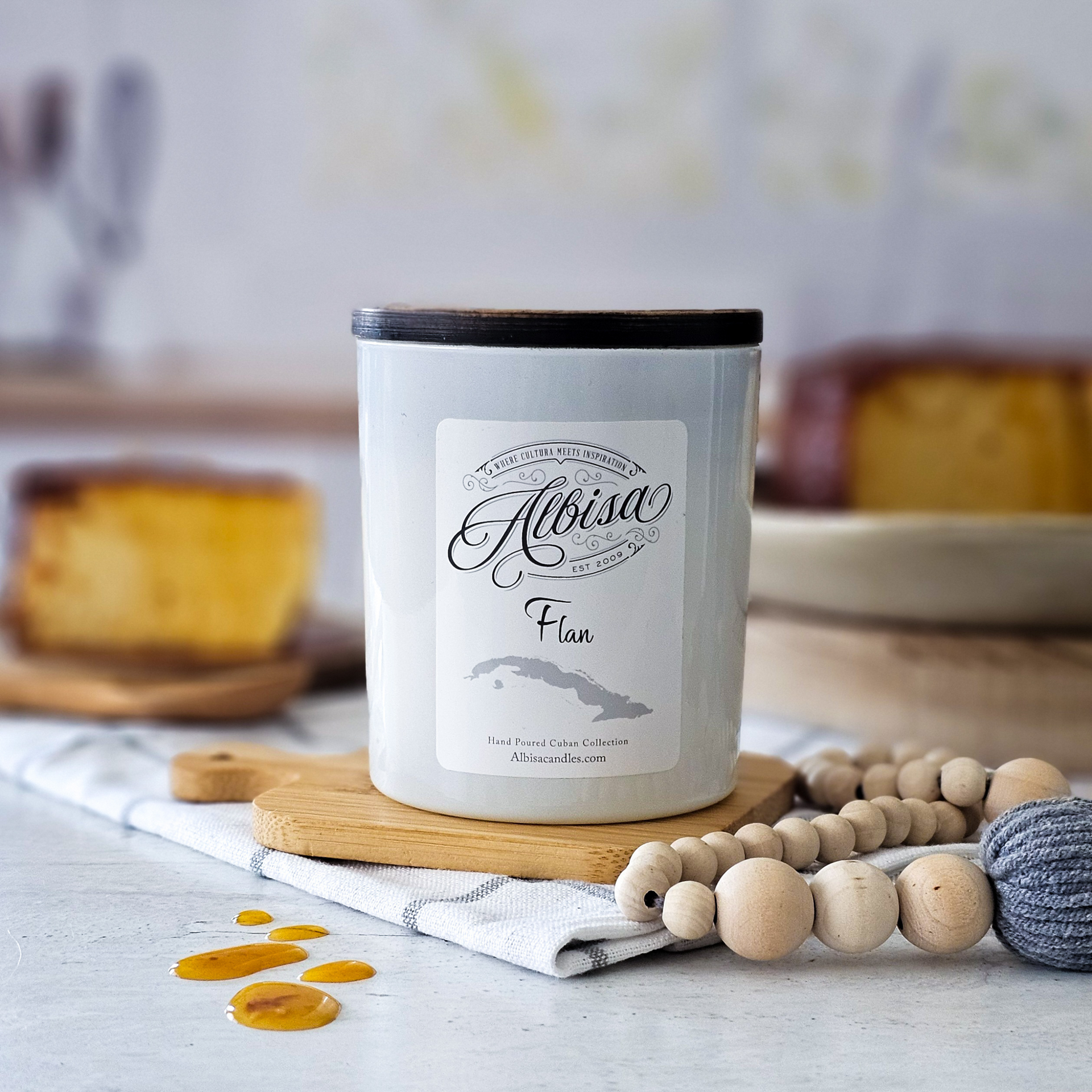
With top notes of creamy butter and smooth cream blend seamlessly with heart notes of warm caramel and bubbling sugar, all resting on a base of classic vanilla bean. in pure soy wax.
3. Beeswax

Beeswax is becoming increasingly popular in commercial candle manufacturing. You can even make beeswax candles at home without too much fuss.
Shanna Bynes Bradford, CEO and formulator at Grow Out Oils Clinical Aromatherapy says, ‘Beeswax is the number one non-toxic and renewable wax, with a super long burn time. It also has a natural honey aroma that can blend perfectly with essential oils for a beautiful sweet aromatic candle.’
Beeswax is even thought to help cleanse the air in your home. Shanna continues, ‘As a natural resource releases negative ions into the air that bind to positively charged airborne particles such as dust and pollen, helping to neutralize pollutants and create a cleaner environment. Not to mention that it burns clean and, when the wick is trimmed properly, produces hardly any soot. Because of this, beeswax is hypoallergenic, so it is ideal for making a home smell nice when you’re sensitive to fragrance.
‘That being said, beeswax is very expensive and is not considered vegan,’ Shanna adds, so it may not suit every lifestyle.
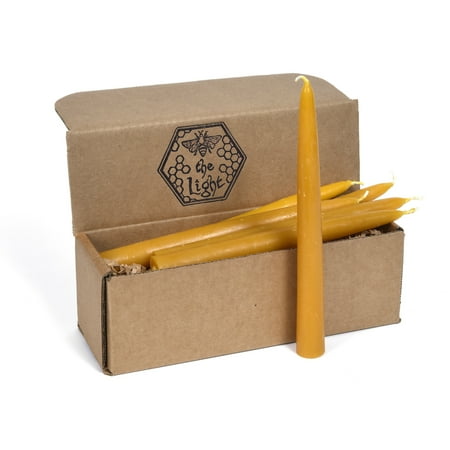
These handmade candle are mad from 100% pure USA beeswax, with pure cotton wicks (lead-free and non-toxic). While they are unscented, they do have an all-natural light honey scent). Handmade sustainably in Harrisonburg, Virginia.
4. Coconut wax

Similarly to beeswax, coconut wax is a great eco-friendly option that won’t throw off any toxins. Isabel Alvarez, candle expert and founder of Albisa Candles explains, ‘Made from coconut oil, this wax burns slowly and cleanly with an excellent scent throw [so you can smell your candle further around your home]. However, it's more costly and softer than other waxes, which can make it harder to work with,’ especially if you are making candles yourself.
That being said, due to its natural makeup, coconut wax is easier to dispose of when you’re working out what to do with a candle when it's burnt out.
All prices correct at time of publication.
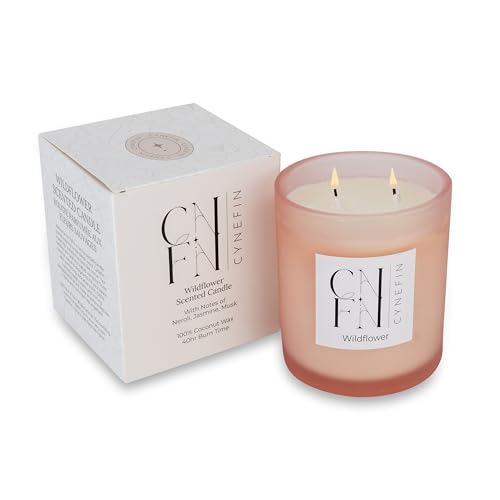
Infused with the fragrance of blooming wildflowers, this summer candle will transport you to a sun-drenched meadow.
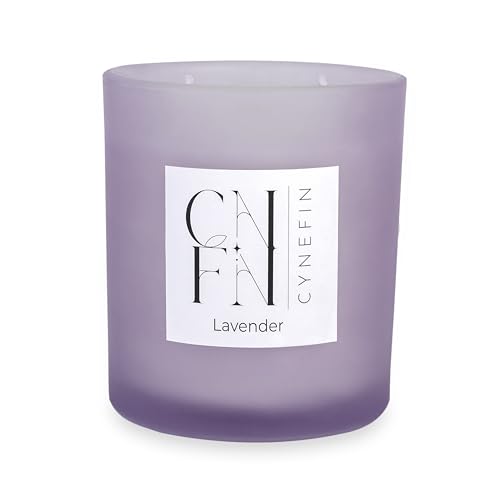
With notes of Fir, Pine & Cypress, our Nordic Forest scented candles will fill your home with magic in the festive season.
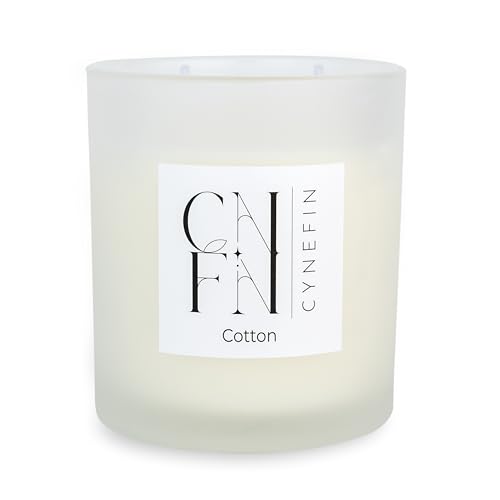
Experience the fresh and clean scent of laundered linens with our cotton-scented candle.
5. Blended waxes

Blended waxes can be a bit more complicated to understand. Usually, a commercial candle company will mix paraffin wax with a more eco-friendly option to help create a ‘safer’ candle that burns longer and with a more powerful fragrance.
Any candle that contains paraffin wax will still have the same health concerns as a pure paraffin candle, even if it is in smaller amounts, so it is worth considering and reading the ingredients label before you invest.
6. Apricot wax
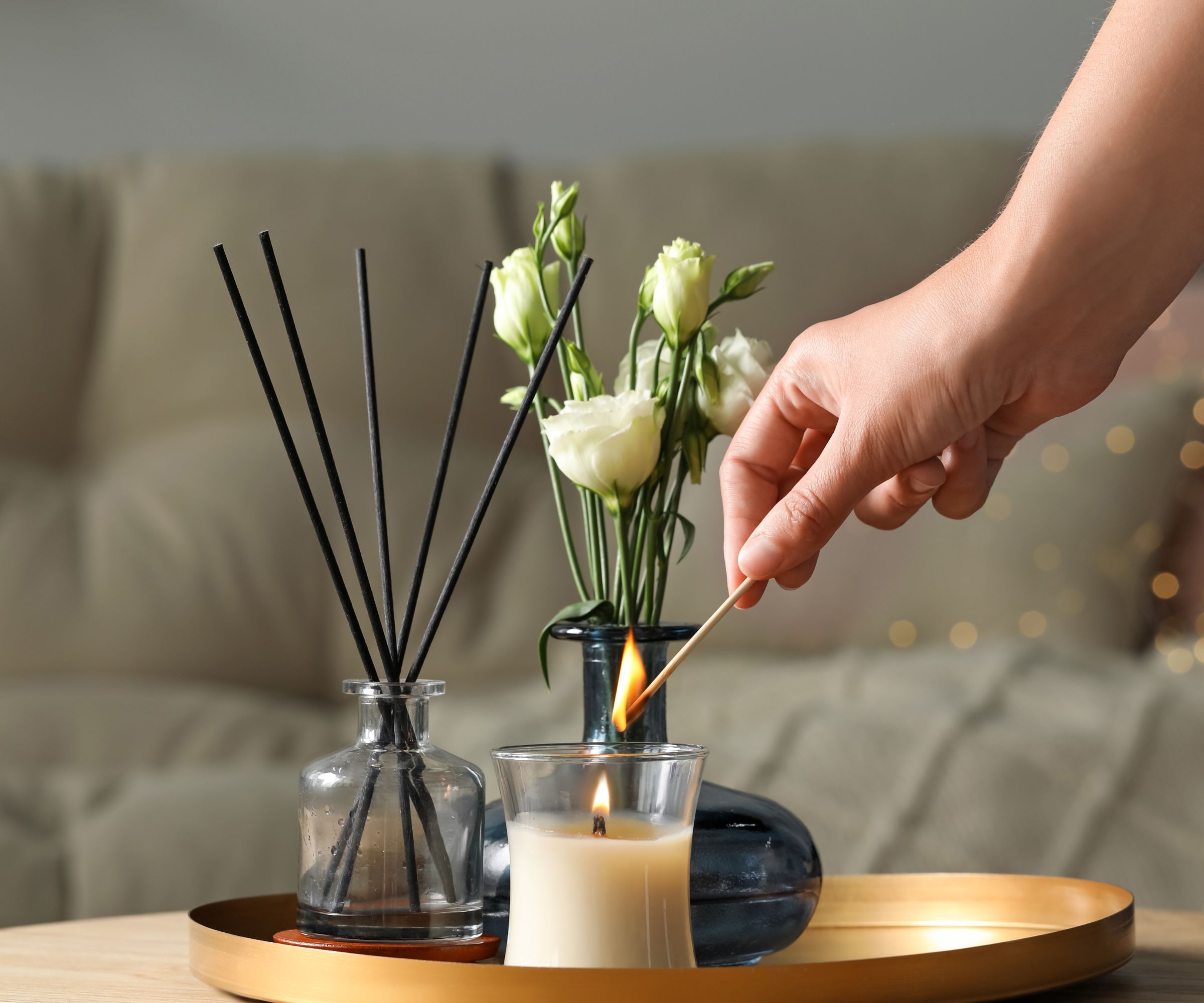
Apricot wax is not as common a find in stores, but is another eco-alternative to paraffin, says Isabel Alvarez, candle expert. ‘Derived from apricot kernel oil, this luxurious wax has a creamy texture and a smooth burn. It enhances scent throw and burns slowly, but it's one of the more expensive options.’
It is a great pick if you are looking to make a home smell expensive.
7. Palm wax

Palm wax is a complicated candle medium. It offers a clean burn producing no toxins, but it is rarely harvested sustainably says Shanna Bynes Bradford, scent formulator.
‘Harvesting the palm that goes into this wax contributes to deforestation and dwindling orangutan populations,’ she warns. ‘Palm oil comes from Indonesia and Malaysia, where some of the largest and oldest rain forests in the world are being clear cut at an alarming rate to create this product. This also contributes to climate change and is one of the world’s largest CO2 emitters.’
Because of this impact on our planet, H&G includes palm oil candles in the ‘home fragrance mistakes’ category, especially as there are many other eco-friendly options available more readily.
8. Gel wax
Finally, there is gel wax – which isn't really a wax at all.
Shanna Bynes Bradford, scent formulator, explains, ‘Gel Wax isn’t really considered a wax, but is used for embedded objects or as “see-through” candles. Gel wax is made in a similar fashion as paraffin wax from mineral oil that is a by-product of refining crude oil. Crude oil comes from drilling, which is definitely not eco-friendly. This mineral oil is then combined with a polymer resin (such as plastic).
‘When these candles are burnt they release toxins into the air and when they are thrown out they pollute the environment, i.e., they're not sustainable or biodegradable.’
Picking the right candle wax for your home really comes down to personal preference, how much you want to spend, and the strength of fragrance you prefer. We generally recommend leaning towards candles with clean burns to improve your indoor air quality and keep candle care simple.







